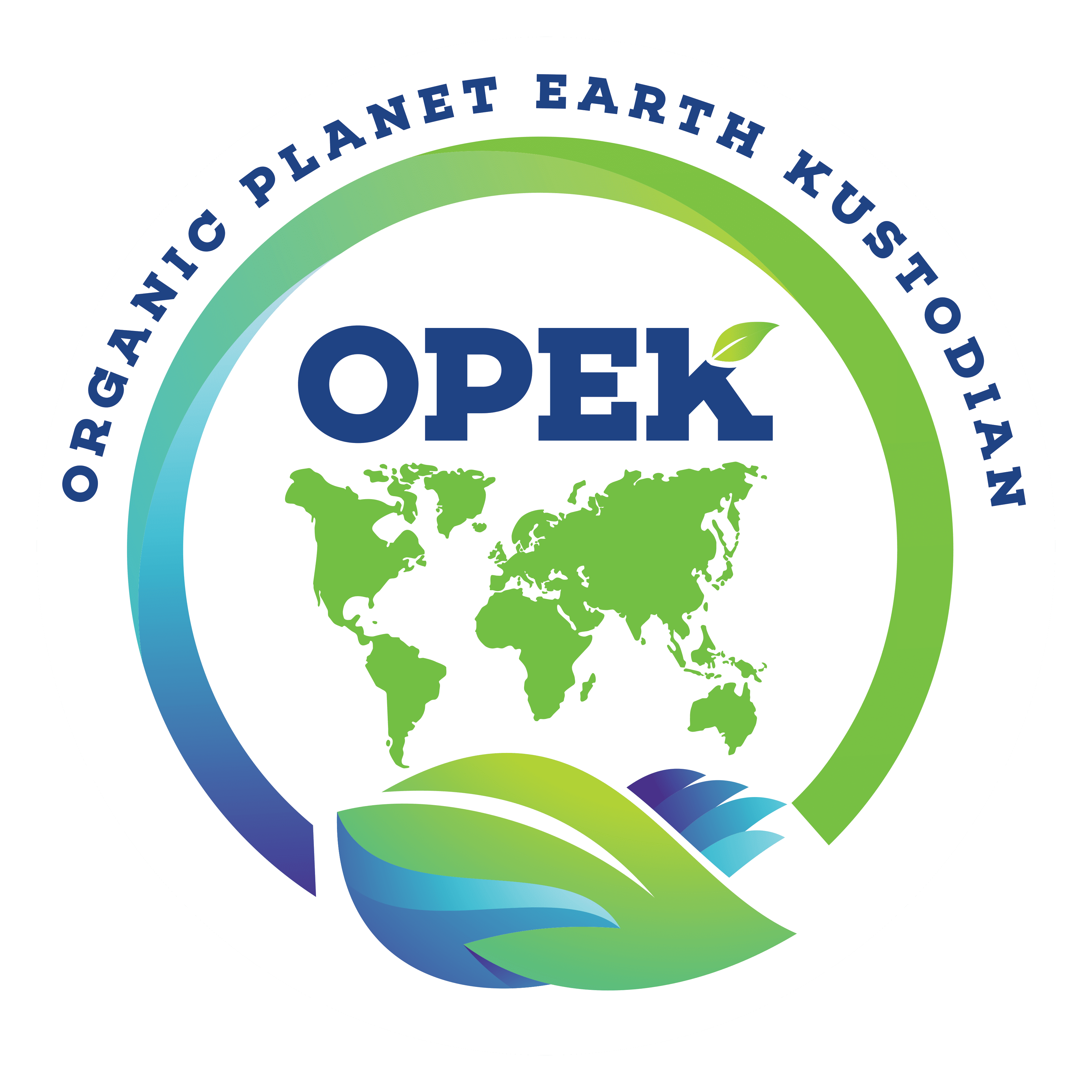Seaweed: A Sustainable Option for Packaging
Concerns about disposable packaging and plastics in the ocean have skyrocketed in recent years as the results of our disposable culture have become visible in all parts of the world. In fact, studies show that Americans are just as or more concerned about marine plastics than climate change. The concept of bioplastics is fascinating, but sustainability concerns remain. One of these concerns is the impact of input. For example, growing corn, a commonly used source of bioplastics, has a negative impact on wildlife, uses fossil fuels and pollutes water.
DS Smith, a multinational packaging company in the United Kingdom, is studying the use of seaweed in packaging and paper products. It will be investigated whether seaweed can serve as a wood alternative or as a barrier coating for cardboard boxes, paper wraps and cardboard trays. If successful, it will be the first company in the industry to adopt this approach. The company is “researching seaweed strength, resilience, recyclability, expandability, and cost,” said Giancarlo Maroto, director of paper, forestry, and recycling at DS Smith North America. According to Maroto, the manufacturing process uses less energy and chemical additives to extract the fiber. This seems very promising, but there is not yet enough information to evaluate seaweed packaging in terms of sustainability. Producers need to responsibly access the grown and harvested algae to create the sustainable packaging solutions we need.

Some people think that seaweed is slimy on the beach, but coastal residents have been consuming kelp since prehistoric times, and Japanese, Koreans, Chinese, and Native Americans have used kelp for centuries. Today, it is a common ingredient in personal care products, animal feeds, and fertilizers. There are even studies on the use of seaweed in biofuels. As the commercial use of algae increases, demand soars and prices remain relatively high. The algae industry has created economic opportunities for coastal communities. Currently, most algae are cultivated and harvested in Asia, but this trend is changing as demand continues to grow. Some algae are harvested in the wild, while others are grown using buoys and lines. Farmers can grow algae regeneratively without fertilizers, freshwater and feed, but this is not always the case. The unsustainable algae production process has the potential to transfer much of the environmental impact of disposable packaging from land to sea rather than eliminating it.
DS Smith aims to produce a 100% recyclable package within two years. The company aims to replace one billion plastic parts in supermarkets and e-commerce by 2025. The recycling industry is currently plagued with problems, especially about plastics. For example, only about 9% of all plastic produced is recycled. Recycling plastics presents many challenges, including inconsistent demand for recycled materials, lack of recycling infrastructure, and the complexity of processing different types of plastics. Ideally, seaweed packaging could help replace some of the plastic packaging currently on the market. According to DS Smith, it has the advantage of being naturally biodegradable and easy to recycle. Research on seaweed in packaging and paper products is part of a $ 140 million DS Smith investment in the circular economy over a five-year period. We are also studying other alternative fibers such as straw, hemp and pampas grass, and agricultural waste such as sugar cane processed cocoa pods and pulp fiber remnants.
DS Smith also announced some important details, such as the ideal seaweed type, where companies get it, and whether the existing recycling infrastructure can handle seaweed packages. Without basic information, it is difficult to compare a fictitious product to an existing packaging or paper product. Disposable packaging is very practical, but it is inherently wasteful because these materials are used for a very limited purpose. The waste prevention pyramid has a higher reuse rate than recycling, but disposable packages are rarely reused. However, the concept of packaging made from seaweed holds great promise, especially when it has the following end-of-life benefits of easy to recycle and biodegradable. Researchers are also exploring the concept of endlessly recyclable plastics. Manufacturing can be more expensive, but manufacturers can use the material multiple times. Hopefully we will soon see significant improvements in the product packaging. This gives eco-friendly buyers more opportunities to make purchases that fit their values.
References
Lozanova, S. (Feinstein) (2021). Will Seaweed Be a Prime Ingredient in Sustainable Packaging? [online] Earth911. Available at: https://earth911.com/business-policy/will-seaweed-be-a-prime-ingredient-in-sustainable-packaging/ [Accessed 2 Dec. 2021]


 by
by